Carbon Dioxide Reduction Targets of Hot Water Showers for People in Hong Kong
Abstract
:1. Introduction
2. Methodology
2.1. Quantification for User Influence
2.2. Simulations
3. Results and Discussion
4. Conclusions
Acknowledgments
Author Contributions
Conflicts of Interest
References
- IPCC. Climate Change 2013: The Physical Science Basis; Contribution of Working Group I to the Fifth Assessment Report of the Intergovernmental Panel on Climate Change; Stocker, T.F.D., Qin, G.K., Plattner, M., Tignor, S.K., Allen, J., Boschung, A., Nauels, Y., Xia, V., Bex, V., Midgley, P.M., Eds.; Cambridge University Press: Cambridge, UK; New York, NY, USA, 2013; 1535p. [Google Scholar]
- Sutter, J.D.; Berlinger, J. Final Draft of Climate Deal Formally Accepted in Paris; CNN. Cable News Network; Turner Broadcasting System, Inc.: Atlanta, GA, USA, 2015. [Google Scholar]
- Zhou, Y.; Zhang, B.; Wang, H.; Bi, J. Drops of Energy: Conserving Urban Water to Reduce Greenhouse Gas Emission. Environ. Sci. Technol. 2013, 47, 10753–10761. [Google Scholar] [CrossRef] [PubMed]
- Griffiths, S.B.; Wilson, W. The Carbon Foot Print of Water; River Network: Portland, OR, USA, 2009. [Google Scholar]
- Okamoto, M.; Yaita, R.; Sato, M.; Kamijo, M.; Toyosada, K.; Shimizu, Y.; Sakaue, K.; Liao, W.J.; Lee, M.C.; Cheng, C.L. Comparison of the Physical Properties of Showers that the Satisfaction of Shower Feeling among Users in Three Asian Countries. Water 2015, 7, 4161–4174. [Google Scholar] [CrossRef]
- Beal, C.D.; Bertone, E.; Stewart, R.A. Evaluating the energy and carbon reductions resulting from resource-efficient household stock. Energy Build. 2012, 55, 422–432. [Google Scholar] [CrossRef]
- HKWSD (Hong Kong Water Supplies Department). Domestic Water Consumption Survey—Key Survey Findings—Fact Sheet; HKSAR: Hong Kong, China, 2011.
- HKEMSD (Hong Kong Electrical and Mechanical Services Department). Hong Kong Energy End-Use Data 2015; HKSAR: Hong Kong, China, 2015.
- HKWSD (Hong Kong Water Supplies Department). Total Water Management in Hong Kong—Toward Sustainable Use of Water Resources; HKSAR: Hong Kong, China, 2008.
- Kaya, D.; Yagmur, E.A.; Yigit, K.S.; Kilic, F.C.; Eren, A.S.; Celik, C. Energy efficiency in pumps. Energy Convers. Manag. 2008, 49, 1662–1673. [Google Scholar] [CrossRef]
- Wong, L.T.; Zhou, Y.; Mui, K.W.; Lau, C.P. Optimizing water supply pump replacement in buildings of Hong Kong. Build. Serv. Eng. Res. Technol. 2016, 37, 489–498. [Google Scholar] [CrossRef]
- Cheung, C.T.; Mui, K.W.; Wong, L.T. Energy efficiency of elevated water supply tanks for high-rise buildings. Appl. Energy 2013, 103, 685–691. [Google Scholar] [CrossRef]
- Shimizu, Y.; Toyosada, K.; Yoshitaka, M.; Sakaue, K. Creation of Carbon Credits by Water Saving. Water 2012, 4, 533–544. [Google Scholar] [CrossRef]
- Cheng, C.L. Study of the inter-relationship between water use and energy conservation for a building. Energy Build. 2002, 34, 261–266. [Google Scholar] [CrossRef]
- Otani, T.; Toyosada, K.; Shimizu, Y. CO2 Reduction Potential of Water Saving in Vietnam. Water 2015, 7, 2516–2526. [Google Scholar] [CrossRef]
- Wong, L.T.; Mui, K.W.; Zhou, Y. Impact Evaluation of Low Flow Showerheads for Hong Kong Residents. Water 2016, 8, 305. [Google Scholar] [CrossRef]
- Wong, L.T.; Mui, K.W.; Guan, Y. Shower water heat recovery in high-rise residential buildings of Hong Kong. Appl. Energy 2010, 87, 703–709. [Google Scholar] [CrossRef]
- McNabola, A.; Shields, K. Efficient drain water heat recovery in horizontal domestic shower drains. Energy Build. 2013, 59, 44–49. [Google Scholar] [CrossRef]
- Wong, L.T.; Mui, K.W.; Zhou, Y. Water efficiency vs climate change: An estimation of carbon generation in 2100 from showers for bathing in Hong Kong. In Proceedings of the 3rd Asian Plumbing System Symposium, Tokyo, Japan, 21 November 2016; pp. 33–38. [Google Scholar]
- Parker, D.S. Research highlights from a large scale residential monitoring study in a hot climate. Eng. Build. 2003, 35, 863–876. [Google Scholar] [CrossRef]
- Chan, H.S.; Tong, H.W. Temperature Projection for Hong Kong in the 21st Century using CMIP5 Models. In Proceedings of the 28th Guangdong-Hong Kong-Macao Seminar on Meteorological Science and Technology, Hong Kong, 13–15 January 2014. [Google Scholar]
- Institution of Plumbing. Plumbing Engineering Services Design Guide; Institution of Plumbing: Hornchurc, UK, 2002. [Google Scholar]
- Wong, L.T. A cost model for plumbing and drainage systems. Facilities 2002, 20, 386–393. [Google Scholar] [CrossRef]
- Cheung, W.Y.; Wong, L.T.; Mui, K.W.; Zhou, Y. Performance evaluation of showerheads for Hong Kong residents. In Proceedings of the 41st International Symposium of CIBW062 Water Supply and Drainage for Buildings, Beijing, China, 18–20 August 2015; pp. 491–500. [Google Scholar]
- Nishina, D.; Murakawa, S. Evaluation of shower heads based on the subject’s feeling for taking a shower. In Proceedings of the CIBW062 International Symposium on Water Supply and Drainage for Buildings, Yokohama, Japan, 10–12 November 1997. [Google Scholar]
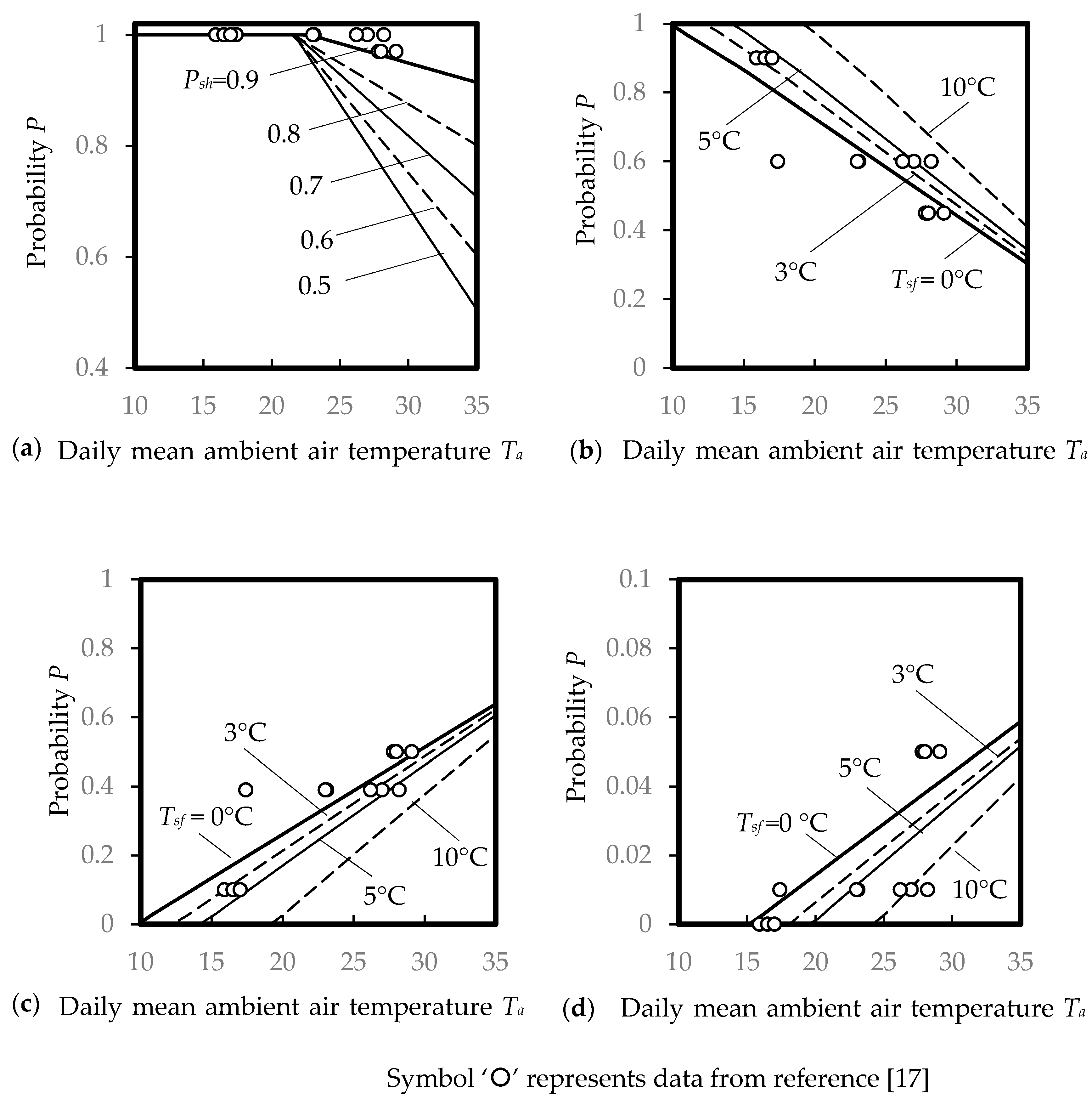
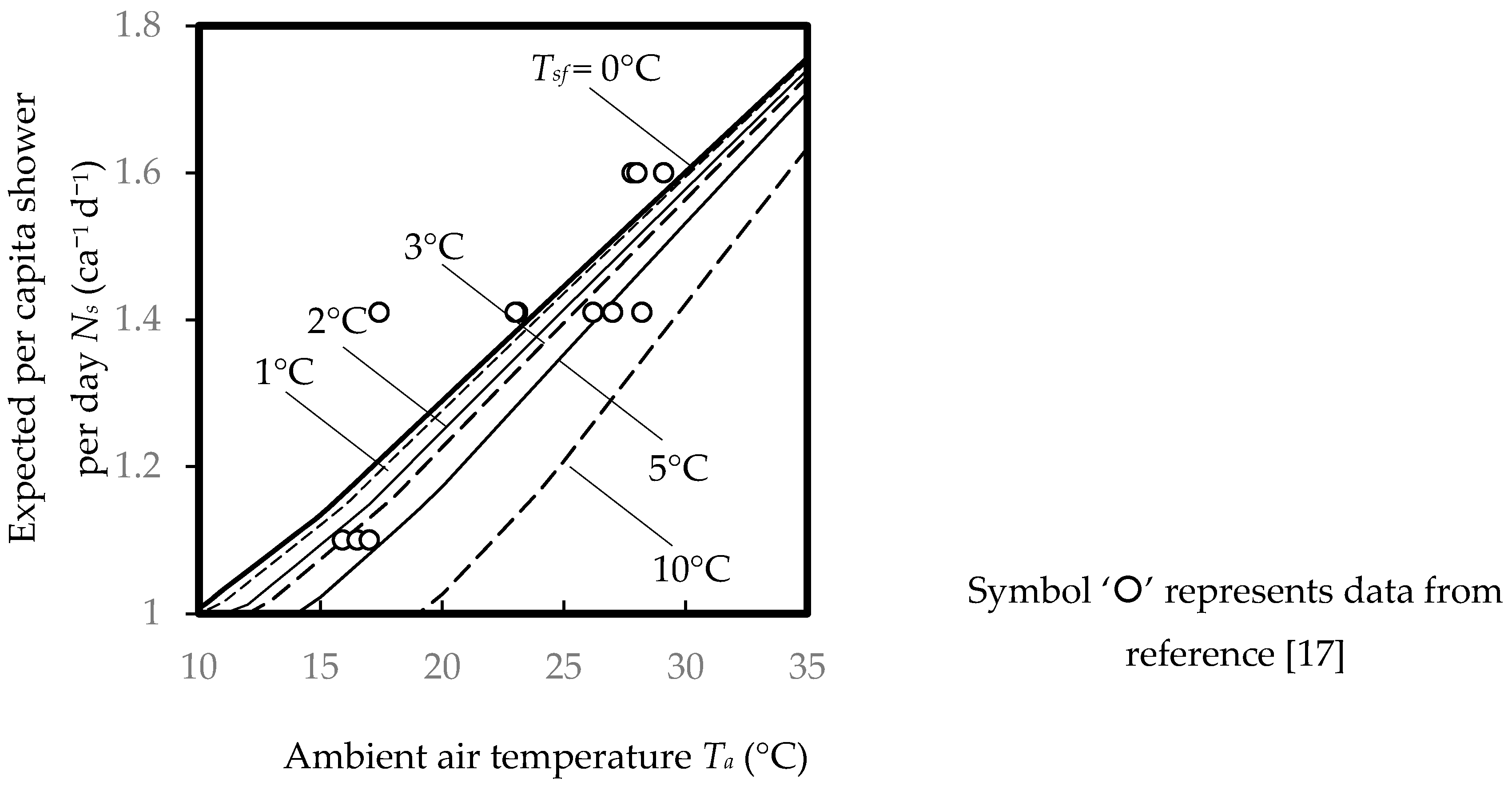


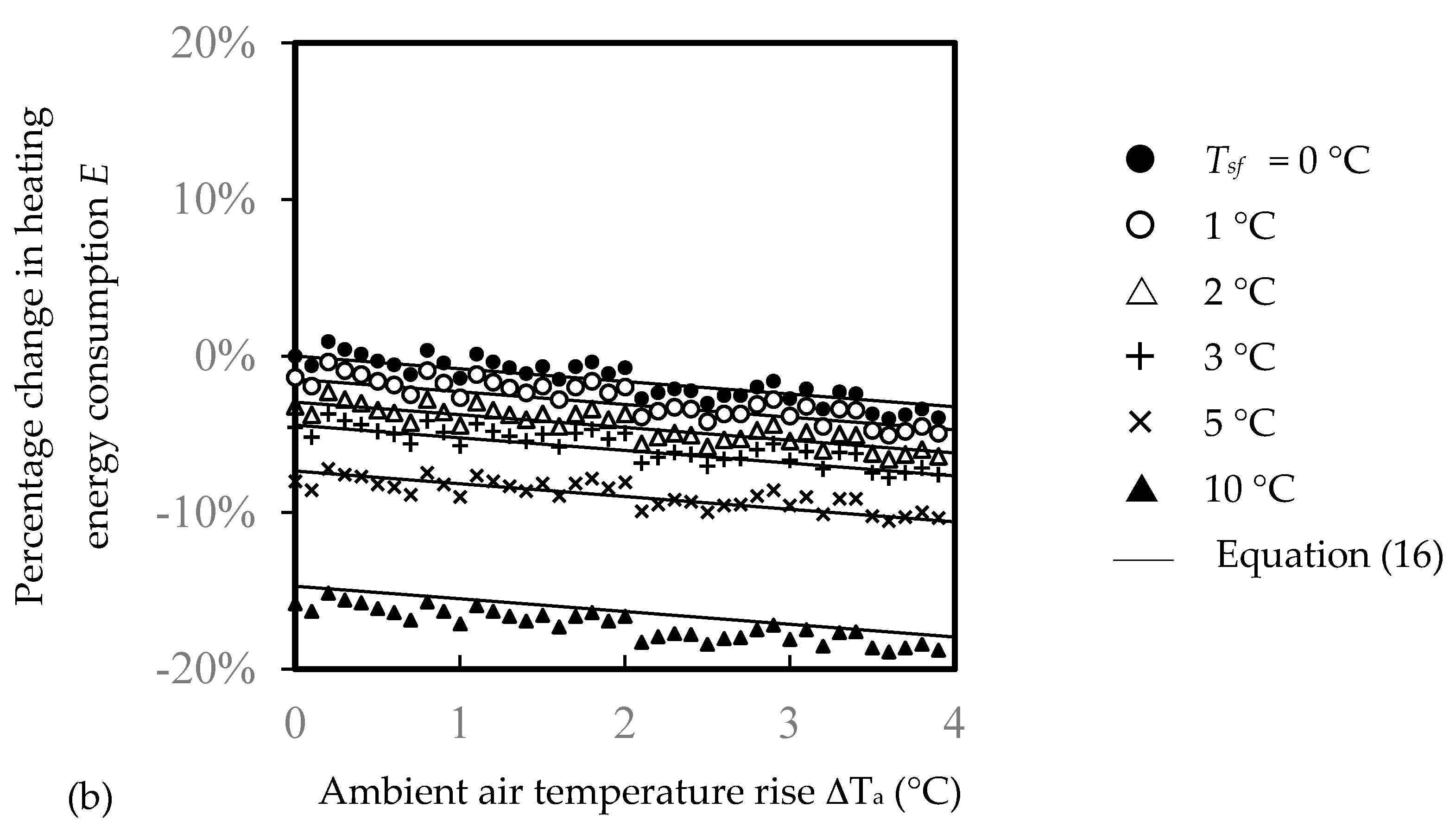
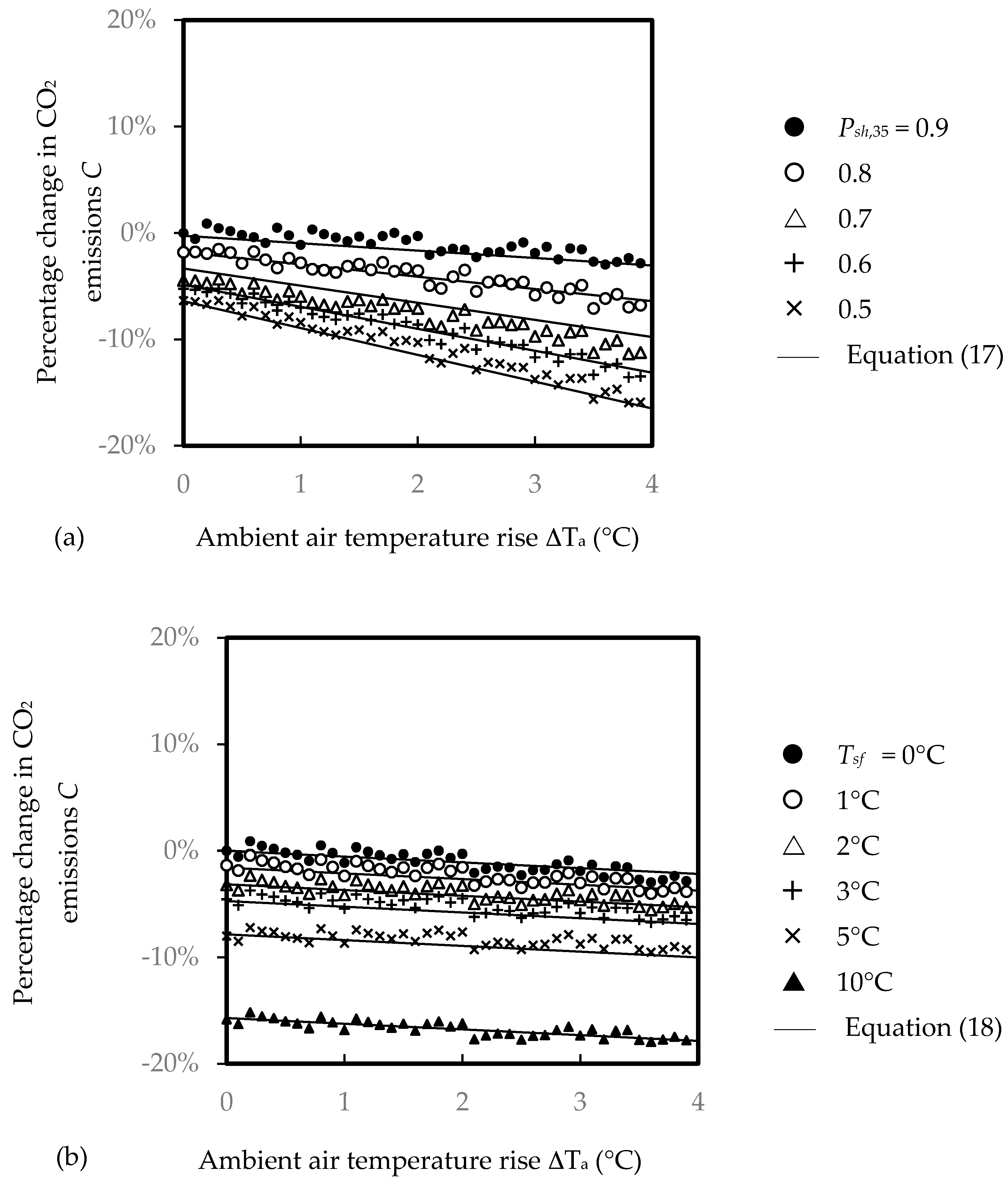
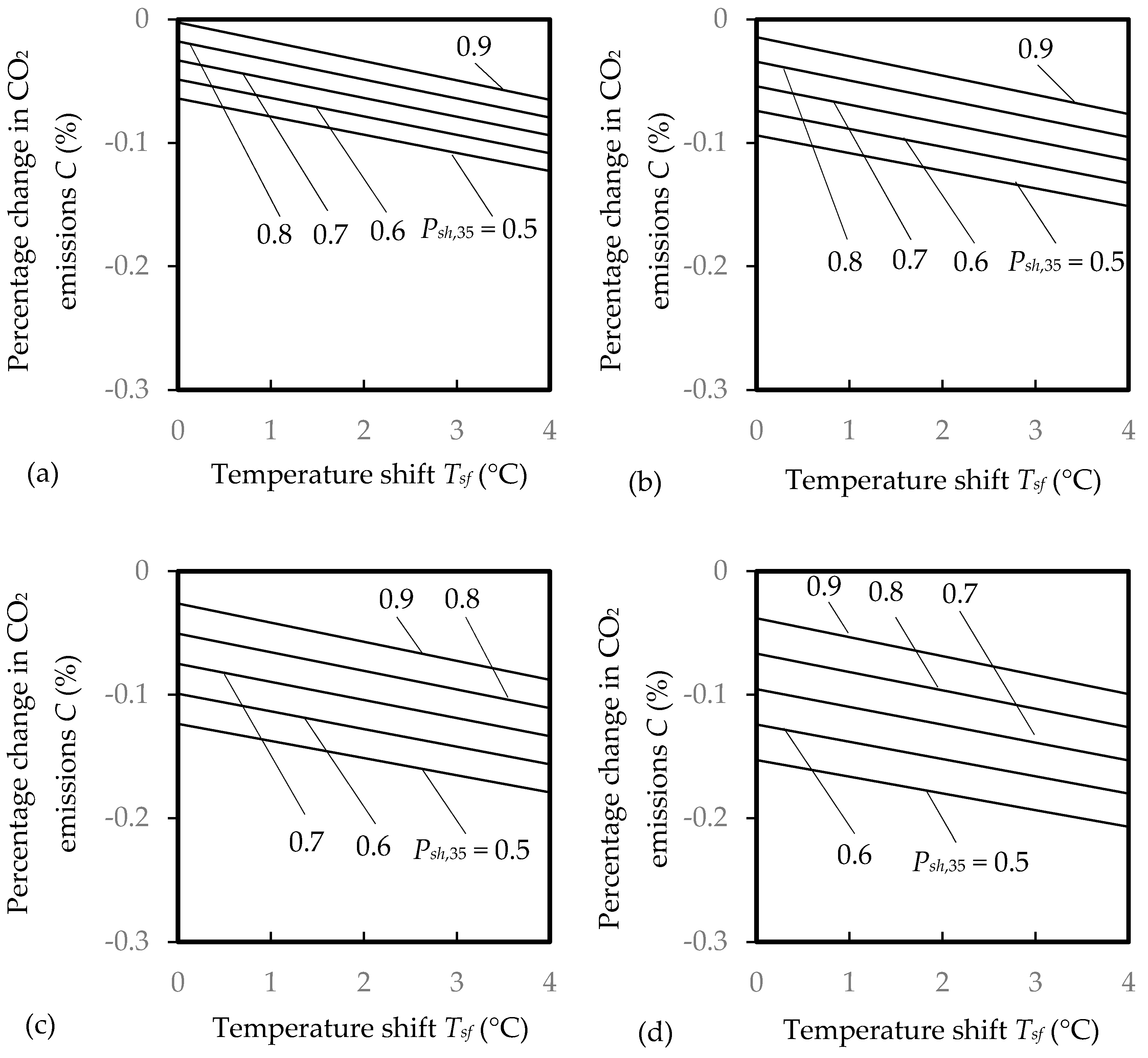
| Parameter i | ||
| 0 | 1.15 | −0.007 |
| 1 | 1.29 | −0.028 |
| 2 | −0.25 | 0.026 |
| 3 | −0.05 | 0.003 |
| Description | Cmax | References |
|---|---|---|
| Water conservation programmes | 22% | This study |
| Water efficient showerheads | 26% | [16] |
| Shower drain heat recovery | 14% | [17] |
| Water supply efficiency improvement in buildings | 2% | [11,12] |
| Expected overall maximum CO2 reduction | 52% |
© 2017 by the authors. Licensee MDPI, Basel, Switzerland. This article is an open access article distributed under the terms and conditions of the Creative Commons Attribution (CC BY) license (http://creativecommons.org/licenses/by/4.0/).
Share and Cite
Wong, L.-t.; Mui, K.-w.; Zhou, Y. Carbon Dioxide Reduction Targets of Hot Water Showers for People in Hong Kong. Water 2017, 9, 576. https://doi.org/10.3390/w9080576
Wong L-t, Mui K-w, Zhou Y. Carbon Dioxide Reduction Targets of Hot Water Showers for People in Hong Kong. Water. 2017; 9(8):576. https://doi.org/10.3390/w9080576
Chicago/Turabian StyleWong, Ling-tim, Kwok-wai Mui, and Yang Zhou. 2017. "Carbon Dioxide Reduction Targets of Hot Water Showers for People in Hong Kong" Water 9, no. 8: 576. https://doi.org/10.3390/w9080576





